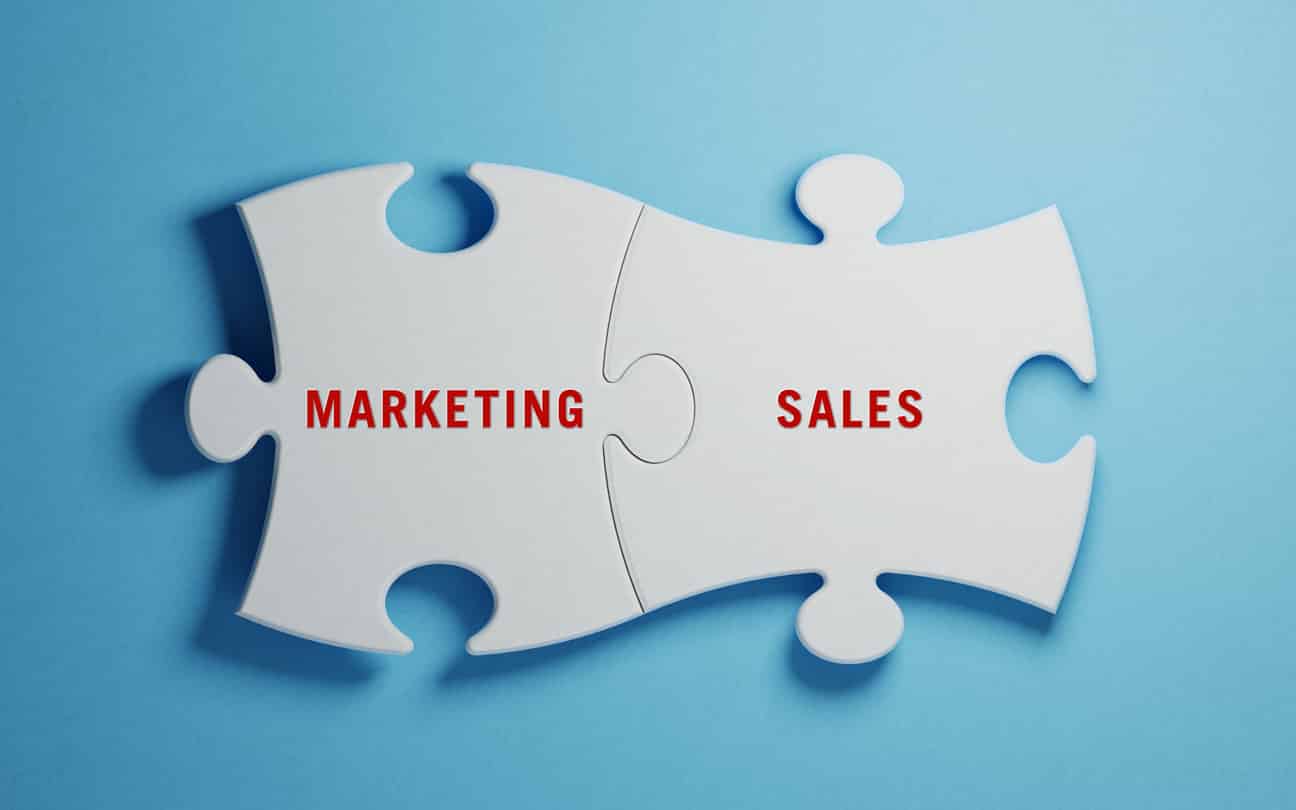- Introduction
- What is UI?
- What is UX?
- What is product design?
- Who is a UI designer?
- Who is a UX designer?
- Who is a product designer?
- What is the difference between UI, UX and product design?
Introduction
UI, UX, and product design are terms that we often use interchangeably but do they mean the same thing? If not, why do we place them together under one category? What are the key differences between these? Why are they three different roles? Read further to find out. Let’s begin by understanding what the terms actually mean.
Check out our free UI UX course, to learn how to design interactive web and mobile applications.
What is UI?
“UI” refers to the user interface, and UI design refers to the interface and graphical layout built by designers in devices and software. Any visual element found in applications, from buttons to images and animations, is all part of UI design.
UI design – The headspace app
Looking for a way to improve your UI design skills? Check out these free UI design courses! With step-by-step guidance from our expert instructors, you’ll learn everything you need to know to create beautiful, user-friendly interfaces. Plus, these courses are self-paced, so you can learn at your own pace and fit them into your busy schedule. So what are you waiting for? Sign up today and start improving your UI design skills!
What is UX?
UX refers to user experience, and UX design refers to how products are designed in order to provide meaningful and relatable experiences to their end users. UX design consists of elements like utility, functions, ease of use, and so on. UX design is concerned with product experience.
The who, what, why of UX design
What is product design?
Product design is a term that refers to the end-to-end creation of products. It involved researching, developing, imagining, and creating products that address specific user problems in that particular market. Product design understands needs and anticipates usage of a said product. It makes use of concepts and processes like pre-ideation research, concept development, and usability testing.
Who is a UI designer?
A UI designer’s job is to design an application’s visual elements (interface). They are graphic designers and are concerned with creating visually appealing and appropriately themed interfaces that match the requirements of that particular app. They lend the software a personality and aim to create united visuals that facilitate movement and interaction within the app. They design the layout of the screen and animations within the interface to name a few. UI designers create the overall look and feel of an application’s user interface.
An ace UI designer also works with and understands human behavior, in essence, the idea of user-centricity. The UI designer is paramount for this understanding in developing an application. Not only are they creative, but they are also intuitive. They can put themselves into the user’s shoes and engage with the product from another perspective. How will the user feel about this pattern? What kind of mood will this color bring out in the user? They leverage empathy in design to create interactive elements that respond in a way that feels natural to the user.
Who is a UX designer?
A user experience designer’s primary role is to ensure that the product created is enjoyable, accessible, and meaningful for the end user. A UX designer is responsible for the user’s satisfaction with the product and determines the structure and functionality of the product. UX designers design how the interface behaves, how the elements in it are organized, how they behave, how they connect, and so on. They work to avoid unintuitive and redundant products that have no leverage in the user’s world.
As opposed to a UI designer, a UX designer is rooted in consumer experiences and feedback when it comes to their core role. They have a broader scope to work with as compared to a UI designer. User research approaches like usability testing, interviews, diary studies, and others are required of UX designers. A UX designer typically works on wireframes during the preliminary stages of project planning before creating any visual assets.
Who is a product designer?
Product designers take charge of the overall design of the product from end to end keeping the user experience in mind; this also includes product improvement from time to time. Product design can refer to the aesthetics of actual objects or software. Unlike a UX designer, a product designer not only inspects the overall working of the product but also pay attention to how well the product works with customer experience. Product designers bear a greater duty for observing how the various components of the product interact with one another.
They are graphic designers like UI and UX designers and are responsible for how the product performs. They use drawing, wireframing, or other design techniques to develop concepts that could become products. A key point here is that product designers also spend a great deal of time updating products that have already been launched.
The goals that a product designer works with are not only to make products customer-friendly but also to conduct A/B testing, email surveys, and other UX research are all expected of product designers, as well as the ability to create wireframes, prototypes, and journey maps.
What is the difference between UI, UX and product design?
By now you must have inferred that UI and UX are not the same things. UI design is a subset of UX, whereas UX covers a wider range of elements. UX determines how an interface works, whereas UI determines how the interface will look. This is the fundamental difference between the two concepts.
Product design is the same as UX design, only it includes more elements. UX designers emphasize the user and their experiences whereas product design covers a wider ground, including business goals and so on, in addition to user experience. UX designers are solely responsible for customer experience but product designers work with the whole business design and decisions that include building organic growth engines and trial-to-rate conversions, among others.
These different disciplines however work very closely with each other and it is often a collaborative exercise. The skill sets of UI, UX, and product designers go hand in hand and determine the product’s overall success. A confusing and ill-navigated product will not stand up to user expectations even if the UI design is phenomenal and vice versa. Many a time, these titles and their roles also overlap in responsibility but the above key markers will help you differentiate them from now on.









